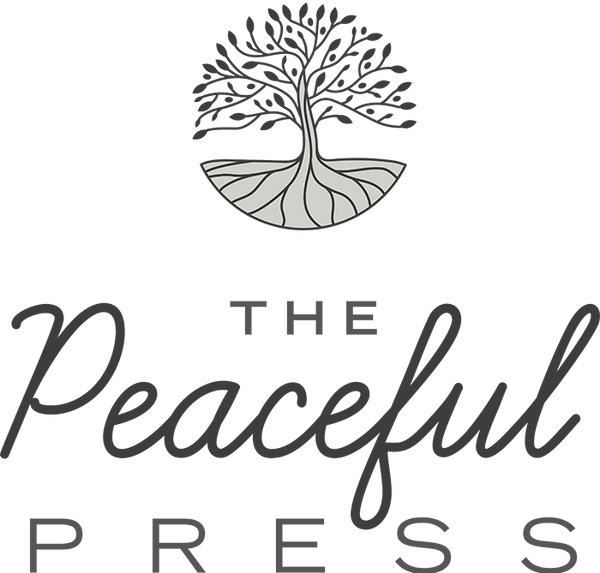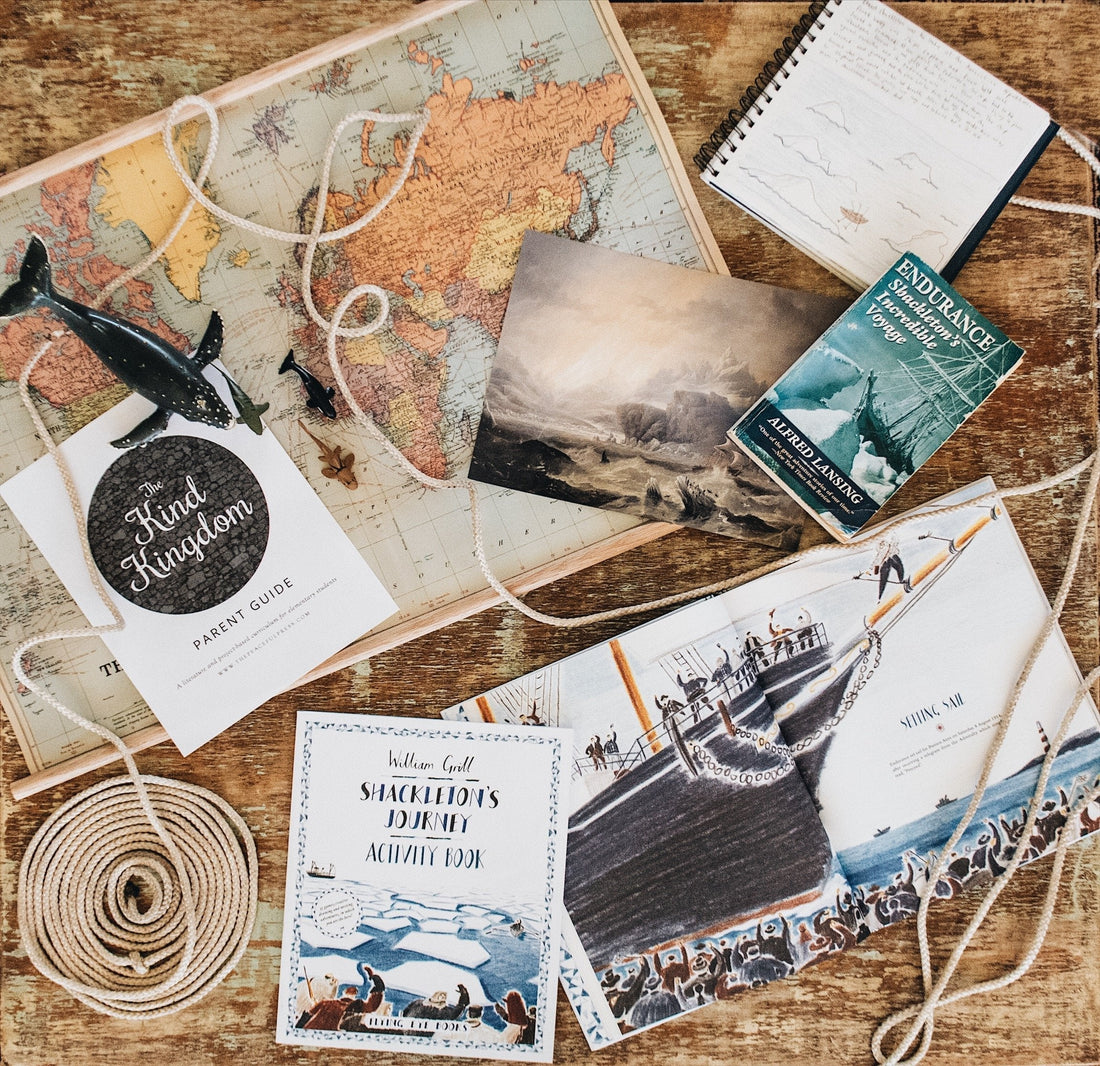If you’ve ever started a homeschool year with great intentions only to feel overwhelmed by trying to “fit it all in,” you’re not alone.
That’s where a homeschool loop schedule can transform your days. Instead of cramming every subject or activity into a rigid daily plan, a loop schedule lets you rotate through subjects and activities in a simple, flexible way. Some of these subjects can be covered in your homeschool morning time or as afternoon homeschool activities.
What Is a Homeschool Loop Schedule?
A homeschool loop schedule is a method of planning that allows you to alternate subjects or activities on a rotating basis. Instead of assigning every subject every day, you can loop through subjects so everything gets covered in a more manageable daily rhythm.
For example:
📖Monday you might do Bible, math, literature, phonics, and art.
📚Tuesday could include Bible, math, literature, spelling, and history.
🍁Wednesday might be Bible, math, literature, grammar, and science or nature study.
Each day you do the essentials (like Bible, reading, and math), and then simply move to the next item in your loop for the rest of your subjects.
Why Use a Loop Schedule in Your Homeschool?
Homeschooling families often want to cover so many beautiful subjects—history, art, music, poetry, science, nature study—but it can feel impossible to fit them all in daily. Having a homeschool plan that loops through these subjects can help you cover more ground with peace.
Loop scheduling offers:
✨ Flexibility – No guilt if you miss a day. You just pick up where you left off.
✨ Variety – Your children experience a wider range of subjects without overwhelm.
✨ Peace – Instead of rushing, you savor each subject when it comes around.
✨ Consistency – You won’t forget the “extras” like art, poetry, or composer study because they have a place in your loop.

What Subjects Work Well in a Loop Schedule?
Daily “core” subjects like Bible, reading, and math are best done every school day. But other subjects fit beautifully into a loop:
- History (use The Playful Pioneers, Precious People or The Kind Kingdom)
- Science & Nature Study (try our Seasons Guides or Nature Book Flood)
- Geography (all elementary resources offer geography!)
- Art & Picture Study (included with Peaceful Press)
- Music & Hymn Study (we include a monthly hymn)
- Poetry Tea Time
- Handcrafts (we include weekly handcrafts)
- Writing Projects
- Life Skills & Chores (our Peaceful Press Chore Cards make this easy)
- Nature Walks (we include nature walk prompts in our resources)
- Foreign Language
This way, your children still experience a rich feast of subjects—without daily overwhelm.
An Example of a Loop Schedule with The Peaceful Press
Here’s a simple example of how you might structure your loop with Peaceful Press resources:
Day 1 – Morning time (Bible, hymn, read-aloud), math, phonics, history reading from The Playful Pioneers, picture study.
Day 2 – Morning time, math, spelling, project from Peaceful Press
Day 3 – Morning time, math, poetry copywork, science experiment and reading, nature walk.
Day 4 – Morning time, math, fables and fairy tales, baking class (we include recipe suggestions in our resources)
The next week, you simply pick up where you left off. Over time, you’ll cover everything in your loop without stress.

How to Start Your Own Homeschool Loop Schedule
- Write down your core subjects – the things you’ll do daily (Bible, math, reading).
- Make a list of loop subjects – the extras you want to do regularly, but not daily.
- Decide on your loop order – this can be written on a whiteboard, checklist, or even a simple paper in your planner.
- Start looping – each day, after core work, just pick up the next subject in your loop.
Final Thoughts: Peace Through Rhythm, Not Rigidity
Homeschool loop schedules are a gentle, sustainable way to give your children a rich education without feeling behind or overwhelmed. With The Peaceful Press resources, you’ll have beautiful, ready-to-go activities to fill your loop with stories, art, nature, and hands-on projects that bring peace and joy to your homeschool.
👉 Explore our guides like The Peaceful Preschool, The Playful Pioneers, and The Nature Book Flood to start building your homeschool loop today.
Download a free loop schedule template in our free planning pages pack!
Shop the Peaceful Press
FAQ: Homeschool Loop Scheduling
Q: Do I have to follow the loop in exact order?
No! The loop is flexible. You can pick up where you left off or swap depending on your child’s energy and interests.
Q: How many subjects should be in my loop?
Start small (3–5 subjects) and expand as you find your rhythm.
Q: What if we miss a day?
No problem! Just start again with the next subject in your loop. Nothing is “missed,” it just rotates forward.
Q: Can I use a loop schedule with The Peaceful Press curriculum?
Yes! Peaceful Press guides are designed to be flexible. Use the read-alouds, projects, and activities as part of your loop so you cover a beautiful variety without feeling rushed.
Q: How does this help with multiple ages?
Loop scheduling simplifies planning by letting all your children join in for history, science, art, or nature study while keeping math and reading individualized.

